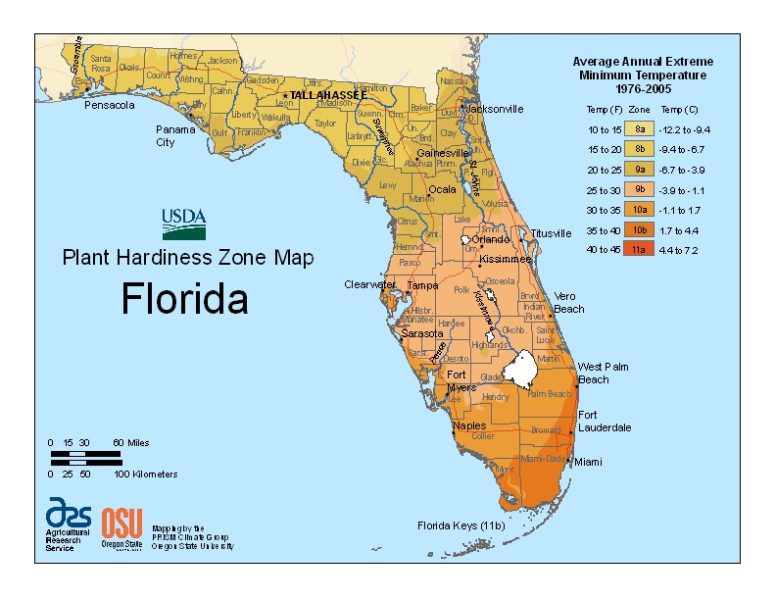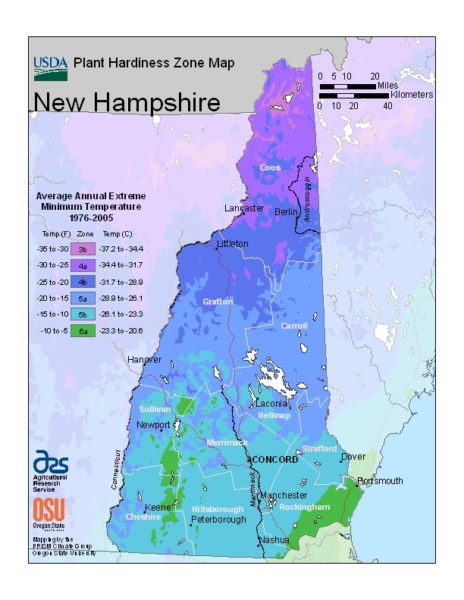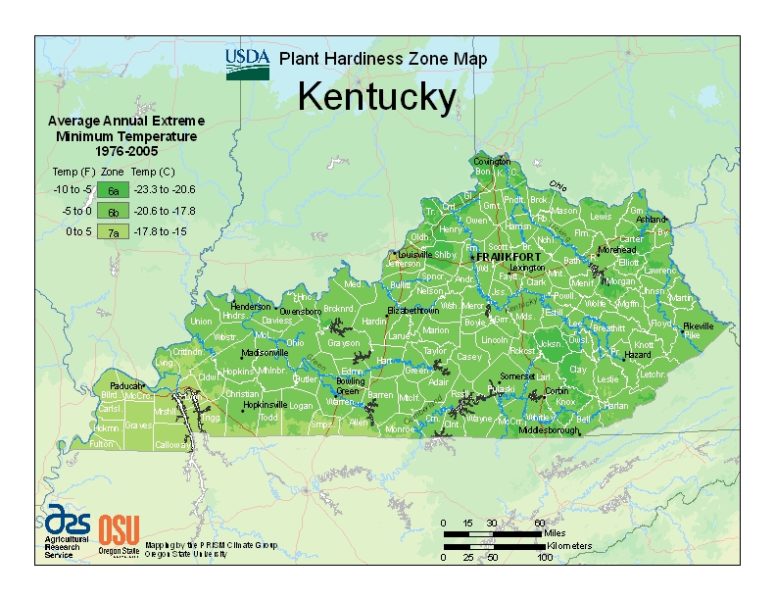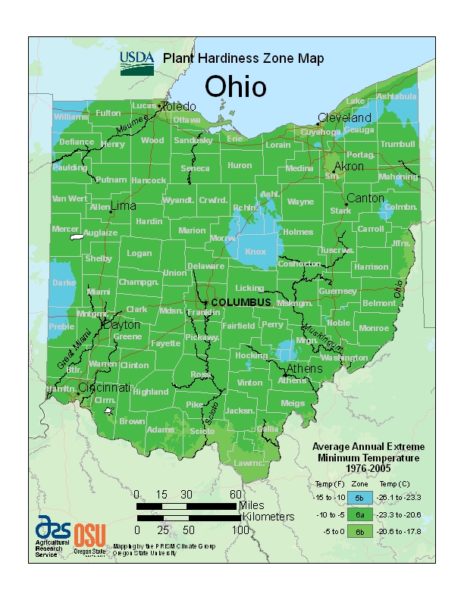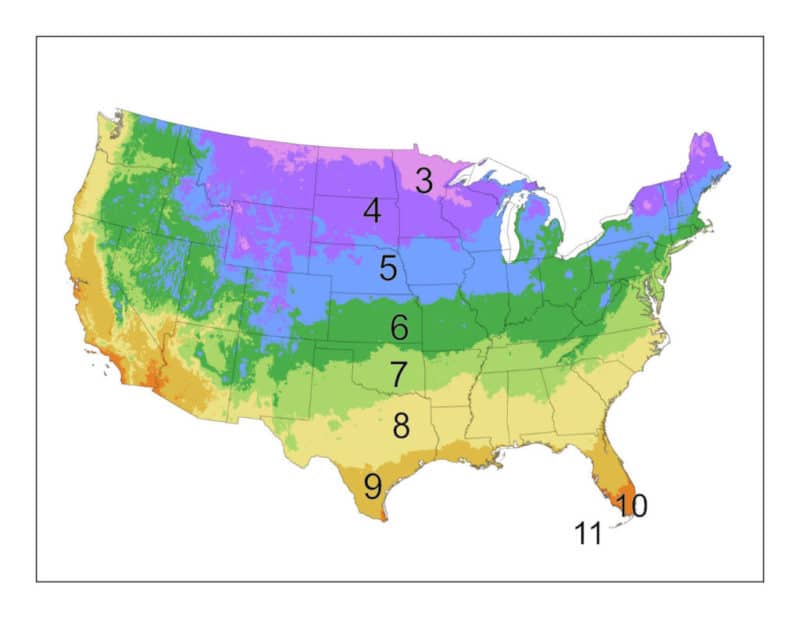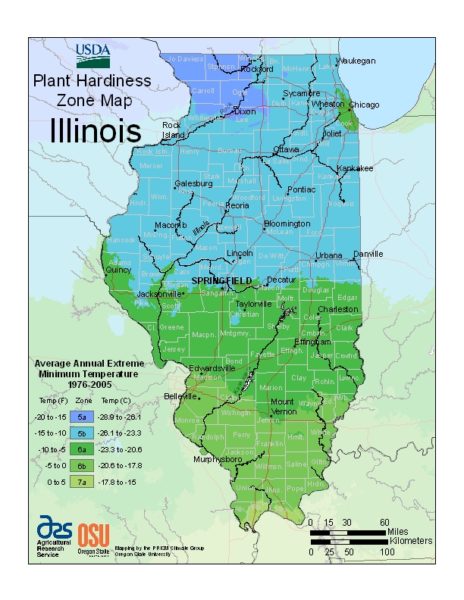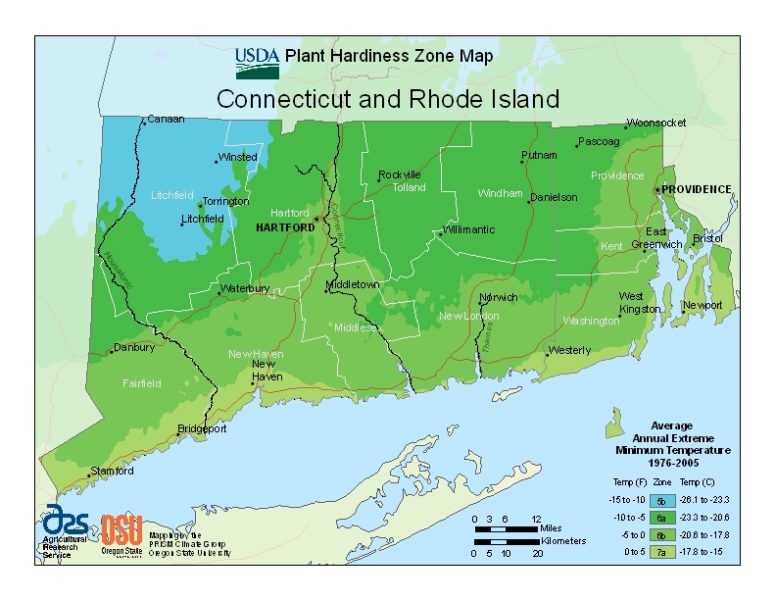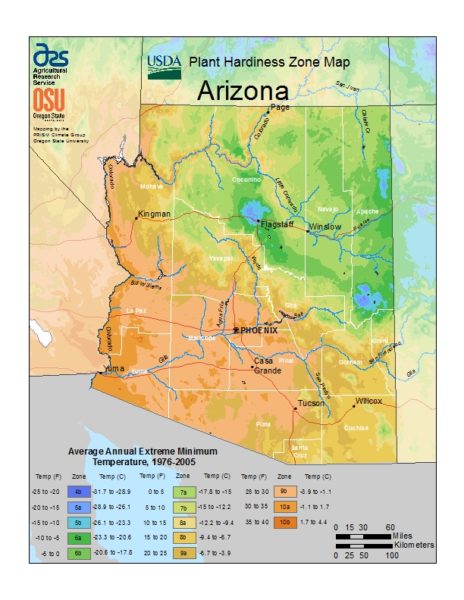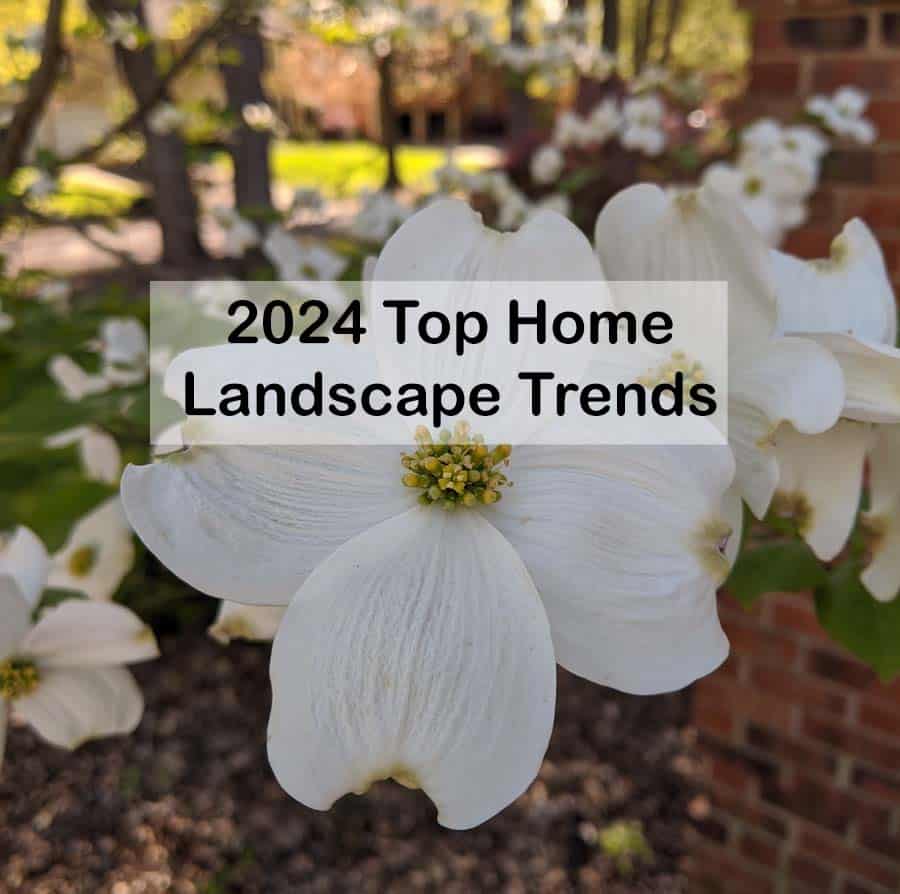
Top Home Landscape Trends for 2024
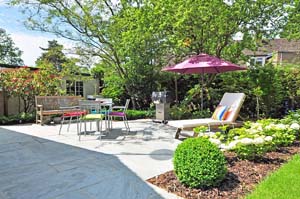 Introduction
Introduction
In today’s world, where we value the beauty of our surroundings and seek solace in our private havens, home landscape trends play a crucial role. A well-designed and maintained landscape enhances the overall appeal of our homes while providing a peaceful retreat from the hectic outside world. As we embark on a new year, let’s explore the top home landscape trends for 2024 that will inspire and transform your outdoor spaces into lush and inviting environments.
Sustainable Landscaping
Importance of sustainability in home landscapes
In 2024, sustainability will take precedence in home landscape trends design. Homeowners are increasingly conscious of the impact their outdoor spaces have on the environment. Sustainable landscaping involves implementing practices that conserve resources, reduce waste, and promote ecological balance. By incorporating sustainable techniques, such as water-wise gardening and native plant selections, homeowners can create beautiful landscapes while minimizing their environmental footprint.
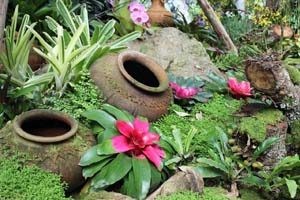 Water-wise gardening techniques
Water-wise gardening techniques
Water scarcity continues to be a global concern, making water-wise gardening techniques a top priority. Drip irrigation systems and smart sprinkler timers enable precise water delivery, reducing waste and enhancing plant health. Additionally, installing rain barrels allows homeowners to collect and store rainwater, which can be used during dry spells.
Native plant selection
Incorporating native plants into your landscape not only supports local ecosystems but also reduces maintenance requirements. Native plants are perfectly adapted to the regional climate, requiring less water, fertilizer, and pesticides. These plants provide habitat for native wildlife, promoting biodiversity while adding beauty to your surroundings.
Home Landscape Trends for Outdoor Living Spaces
Creating functional and comfortable outdoor areas
Outdoor living spaces have become an integral part of modern living. In 2024, homeowners are focused on creating functional and comfortable outdoor areas that are an extension of their indoor living spaces. Comfortable seating arrangements, cozy fire pits, and integrated sound systems allow for relaxation and entertainment in the open air.
Integration of technology in outdoor spaces
Advancements in technology have made their way into our landscapes too. Homeowners are embracing features like automated retractable awnings and smart outdoor lighting systems. These innovations enhance convenience and allow for greater control over the outdoor environment, ensuring that it suits your needs during any weather condition or time of day.
 Outdoor kitchens and dining areas
Outdoor kitchens and dining areas
Outdoor culinary experiences have gained immense popularity. An outdoor kitchen or a designated dining area provides the perfect setting for socializing and enjoying meals amidst nature. From built-in grills and pizza ovens to versatile countertops and storage solutions, these outdoor culinary spaces will take your hosting game to the next level.
Home Landscape Trends for Vertical Gardening
Maximizing space with vertical gardens
As urban living spaces become more compact, vertical gardening offers a solution to maximize available space. In 2024, vertical gardens will dominate home landscapes. These gardens utilize walls, fences, or specially designed structures to grow plants vertically, creating a visually stunning and space-efficient solution.
Vertical garden design ideas
Vertical gardens can be designed in various ways to suit different styles and preferences. Whether using hanging planters, wall-mounted containers, or green walls, there is a multitude of design possibilities. Imagine a cascading wall of colorful flowers or a vibrant herb garden growing vertically—it’s an eye-catching way to embrace nature in limited space.
Benefits of vertical gardening
Apart from the visual appeal, vertical gardens offer practical benefits. They enhance air quality, provide insulation, and create shade. By utilizing vertical space, homeowners can grow an abundance of plants, even in small urban apartments. Additionally, these gardens act as natural sound barriers, reducing noise pollution.
 Edible Landscaping
Edible Landscaping
Growing fruits, vegetables, and herbs in the landscape
Edible landscaping has gained popularity in recent years, and the trend will continue to rise in 2024. Homeowners are incorporating fruit trees, vegetable patches, and herb gardens into their landscapes. This not only adds a touch of freshness to the surroundings but also provides an opportunity to enjoy homegrown produce.
Raised bed gardens and container gardening
For those with limited space or poor soil quality, raised bed gardens and container gardening offer viable solutions. These techniques allow for easy control of soil conditions and make maintenance more manageable. From colorful salad greens to flavorful herbs, the possibilities are endless for growing your own sustenance in a visually appealing way.
Edible landscaping designs
Edible landscapes can be designed to seamlessly blend with ornamental plants, ensuring a visually pleasing environment. Integrating herbs and vegetables into existing flower beds or creating dedicated raised beds can add a striking mix of colors and textures. So why not transform the ordinary front yard into a vibrant space filled with a variety of edible delights?
Low-Maintenance Home Landscape Trends
Designing for low-maintenance
The busy modern lifestyle has increased the demand for low-maintenance landscapes. In 2024, homeowners seek beautifully designed outdoor spaces that require minimal effort to maintain. By carefully choosing plants with low water and maintenance requirements, you can achieve an attractive landscape without spending excessive time on upkeep.
Use of artificial turf and synthetic materials
Artificial turf has come a long way in terms of appearance and durability, making it an appealing choice for low-maintenance lawns. Its vibrant green color stays consistent throughout the year without the need for watering, mowing, or fertilizing. Additionally, synthetic materials like composite decking and pavers offer alternatives to traditional wood and stone, providing durability and reducing maintenance needs.
Drought-tolerant plant choices
Choosing drought-tolerant plants is crucial for regions affected by water scarcity. These plants have adapted to survive in arid conditions, significantly reducing the need for excessive watering. From colorful succulents and grasses to hardy Mediterranean plants, drought-tolerant landscaping adds beauty and functionality to your outdoor space.
Hardscaping Elements
Incorporating stone, concrete, and wood in landscapes
Hardscaping elements form the backbone of landscape design. Stone pathways, concrete patios, and wooden decks add structure, visual interest, and functionality to outdoor areas. In 2024, homeowners will embrace the creative use of these materials, integrating them harmoniously into their landscapes.
Creative hardscaping ideas
From intricate mosaic patterns on stone patios to custom-built wooden pergolas, the possibilities for creative hardscaping ideas are endless. Incorporating unique design elements, such as engraved stepping stones or sculptural features, adds a personal touch that makes your landscape truly one-of-a-kind.
Fire pits and seating areas
As the popularity of outdoor living spaces continues to grow, the inclusion of fire pits and seating areas becomes essential. Fire pits provide a warm focal point and extend the usability of outdoor spaces into cooler evenings. Complementing these cozy spaces with comfortable seating options creates an inviting atmosphere for gathering with friends and family.
Smart Irrigation Systems
Efficient watering techniques
Water management is vital in maintaining a healthy landscape. In 2024, smart irrigation systems will revolutionize the way homeowners water their gardens. These systems utilize weather data and soil moisture sensors to deliver water precisely where and when it is needed most—eliminating water waste and promoting optimal plant growth.
Benefits of smart irrigation systems
Smart irrigation systems offer several benefits beyond water conservation. By providing plants with the right amount of water, these systems ensure the longevity and vitality of your landscape. Remote access and automated scheduling make watering hassle-free, while features like rain sensors prevent unnecessary watering during wet weather conditions.
Integration with home automation
The integration of smart irrigation systems with home automation technology simplifies the management of outdoor spaces. Watering schedules can be adjusted from your smartphone or synced with weather forecasts, optimizing water usage. By utilizing emerging technology, homeowners can effortlessly maintain healthy, beautiful landscapes.
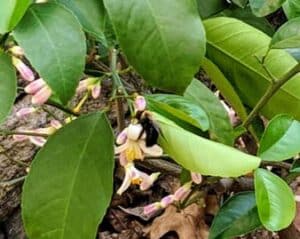 Pollinator Gardens
Pollinator Gardens
Creating habitats for pollinators
The importance of pollinators in maintaining ecological balance cannot be overstated. In 2024, homeowners will actively create spaces that attract and support pollinators like bees and butterflies. Pollinator gardens provide a habitat and a food source, ensuring these vital creatures thrive and continue their essential role in plant pollination.
Choosing native plants that attract bees and butterflies
Selecting native plants with vibrant blooms is key to attracting bees and butterflies to your garden. Flowers like lavender, coneflowers, and milkweed are known to be particularly appealing. By providing various nectar sources throughout the year, you can enjoy the beauty of colorful pollinators while fostering important environmental interactions.
Pollinator garden design tips
To create an effective pollinator garden, group together plants with similar blooming times and colors. This arrangement makes it easier for pollinators to locate and move between flowers. Additionally, consider providing water sources such as shallow birdbaths or small ponds to support not only bees and butterflies but also other wildlife that visit your garden.
Zen Gardens
Design principles of Zen gardens
Zen gardens offer a tranquil and meditative experience, making them increasingly popular in 2024. These minimalist landscapes are characterized by simplicity, balance, and deliberate design. By incorporating elements like carefully raked gravel, strategically placed rocks, and minimal plantings, Zen gardens create a harmonious environment that promotes inner peace.
Peaceful and minimalist landscapes
A Zen garden provides a sanctuary for reflection and relaxation. Its minimalist design allows you to focus on the essential elements and find solace amidst the chaos of daily life. These serene landscapes feature carefully chosen plants, soothing water features, and open spaces that invite mindfulness and a sense of calm.
Incorporating elements of nature
Although Zen gardens often have minimal plantings, the few plants chosen offer an opportunity to reflect nature’s beauty. Delicate ornamental grasses, evergreen trees, or well-trimmed shrubs can add depth and interest to the landscape while maintaining overall simplicity. Balancing man-made elements with those influenced by the natural world is at the heart of Zen garden design.
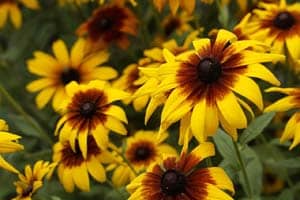 Colorful Landscapes
Colorful Landscapes
Vibrant plant selections
2024 will celebrate the use of vibrant and eye-catching colors in landscapes. Homeowners are moving away from subtle palettes and embracing bold plant selections. Sun-loving annual flowers like zinnias, marigolds, and petunias inject vivid hues into the scenery, creating a feast for the eyes throughout the year.
Strategic use of color in landscape design
Strategic color schemes can transform your landscape into a visual masterpiece. Warm colors, such as reds, oranges, and yellows, evoke passion and energy, while cool colors, such as blues and purples, create a calming effect. By using a combination of contrasting or complementing color palettes, you can create a visually stunning landscape that showcases your style.
Year-round color schemes
Maintaining a colorful landscape throughout the year requires careful plant selection. By incorporating plants with varying bloom times, you can ensure a constant display of colors from early spring to late fall. Combining blooming perennials with evergreen shrubs and ornamental grasses creates an ever-changing canvas that reflects the beauty of each season.
One of our highest-rated sources for colorful perennials, annuals, flower seeds, and bulbs is American Meadows. They have been in business a long time and it is obvious to us that they take pride in sending quality plants and products. We have purchased low-maintenance clover seeds from them twice in the past as we convert our grass lawn into a much more sustainable micro-clover lawn.
Wildlife-Friendly Landscapes
Encouraging biodiversity and habitat creation
Preserving and enhancing biodiversity is essential for a sustainable future. In 2024, homeowners are embracing wildlife-friendly landscaping practices that support local ecosystems. Simple steps like leaving leaf litter, providing bird feeders, and planting a variety of native plants help create habitats for birds, butterflies, and other wildlife.
Tips for attracting wildlife to your yard
To attract wildlife to your yard, create a diverse landscape that mimics natural habitats. Incorporate elements like birdhouses, birdbaths, and butterfly-friendly plants. Berry-bearing shrubs and native flowers require little maintenance while providing a valuable food source for birds and other creatures. By making your yard a haven for wildlife, you can enjoy the beauty of nature up close.
Bird feeders and nesting boxes
Bird feeders and nesting boxes are vital accessories in wildlife-friendly landscapes. Providing birds with a reliable food source and safe nesting places encourages them to visit and potentially make your yard their home. Choose feeders and boxes suitable for the bird species in your area, and enjoy the vibrant colors and calming melodies they bring.
Drought-Resistant Home Landscape Trends
Preserving water during dry periods
Sustainability and water conservation go hand in hand. In regions prone to drought, creating a resilient landscape that can withstand dry spells is essential. By selecting drought-resistant plants and implementing water-smart practices, homeowners can maintain thriving landscapes even during extended periods of limited rainfall.
Drought-resistant plants and grasses
Drought-resistant plants have evolved mechanisms to conserve water, making them perfect for water-conscious landscapes. Succulents, native grasses, and Mediterranean plants are just a few examples of species that thrive in arid conditions. By incorporating these resilient plants into your landscape, you can save water and enjoy a beautiful, sustainable garden.
Xeriscaping techniques
Xeriscaping is an ideal approach for creating drought-resistant landscapes. This technique focuses on designing gardens that require minimal water usage. By incorporating well-planned irrigation, mulching, proper soil preparation, and strategic plant selection, homeowners can significantly reduce their outdoor water consumption while still enjoying a lush and attractive landscape.
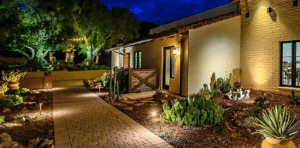 Creative Lighting
Creative Lighting
Enhancing landscapes with outdoor lighting
Strategically placed lighting fixtures have the power to transform your landscape into an ethereal wonderland after sundown. In 2024, creative outdoor lighting solutions will illuminate gardens, enhance architectural features, and create breathtaking nighttime experiences. Thoughtfully designed lighting adds both beauty and functionality to your outdoor spaces.
Different lighting options for different effects
Customize your landscape lighting to suit your specific needs and the mood you want to create. Soft, diffused lighting can highlight delicate flowers and create a romantic ambiance, while focused spotlights draw attention to statues or architectural elements. Path lights, string lights, and solar-powered fixtures offer various options to set the desired tone and atmosphere.
Highlighting architectural features
Well-placed lighting can emphasize the architectural features of your home, transforming it into an artistic masterpiece. Uplighting trees, creating silhouettes, or illuminating unique textures adds depth and visual interest to the landscape. By implementing creative lighting techniques, you can highlight your home’s best features and make a striking impression.
Home Landscape Trends Conclusion
Staying up-to-date with home landscape trends can help you create an outdoor space that is not only visually stunning but also tailored to your lifestyle. From sustainable practices and functional outdoor living spaces to vertical gardens and colorful landscapes, 2024 brings a multitude of options to transform your yard into a personal oasis. Embrace the trends that resonate with your style and preferences, and enjoy the beauty and tranquility of a thoughtfully designed landscape.
Home Landscape Trends Frequently Asked Questions (FAQs)
If you are looking to buy plants online, please check our ranking of the top 20 online plant nurseries. We rank them first to worst!
- Most Popular Spring Blooming Evergreen Shrubs - March 6, 2025
- UPDATE! Unboxing Houseplant From Perfect Plants Nursery - March 5, 2025
- Winter Landscape Tips: How To Get A Head Start On Spring - January 6, 2025


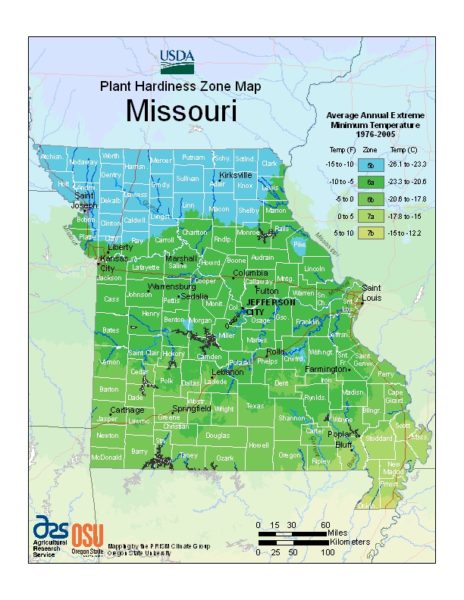

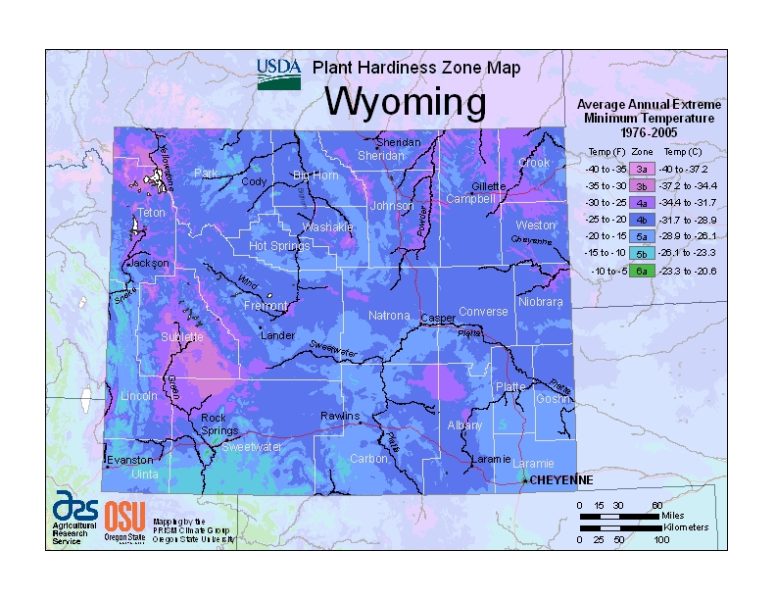

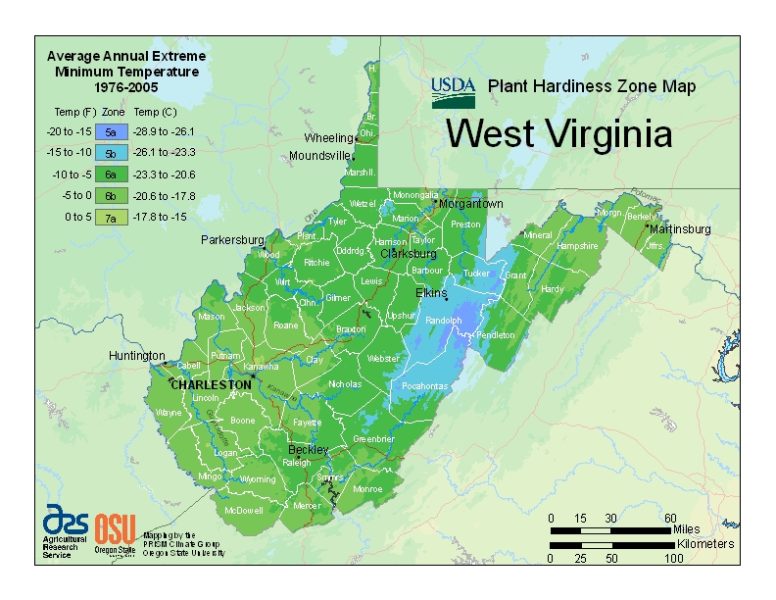



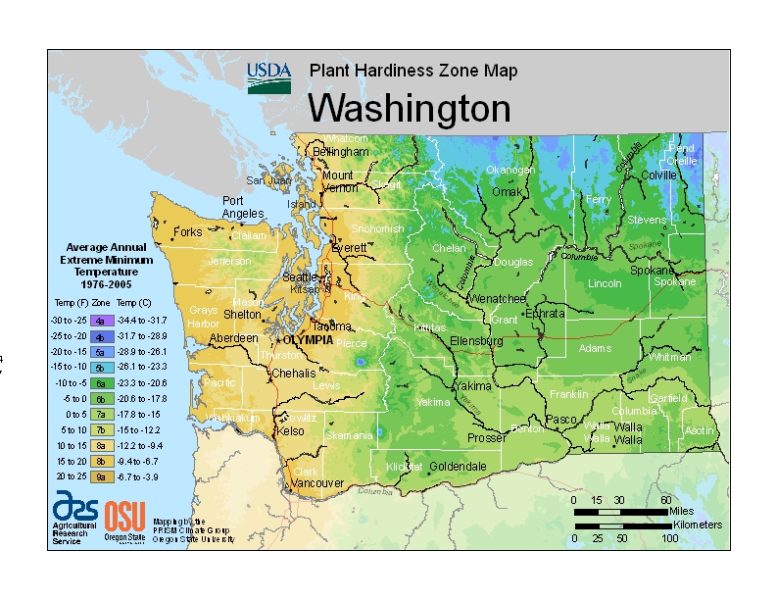
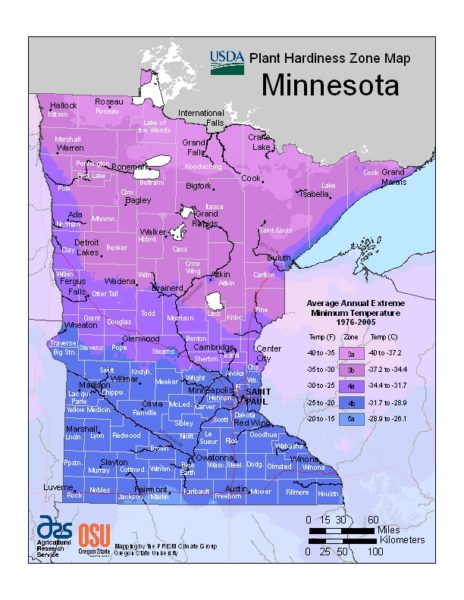





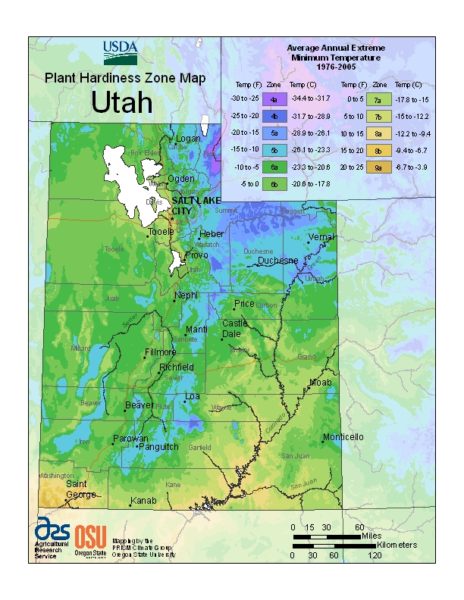
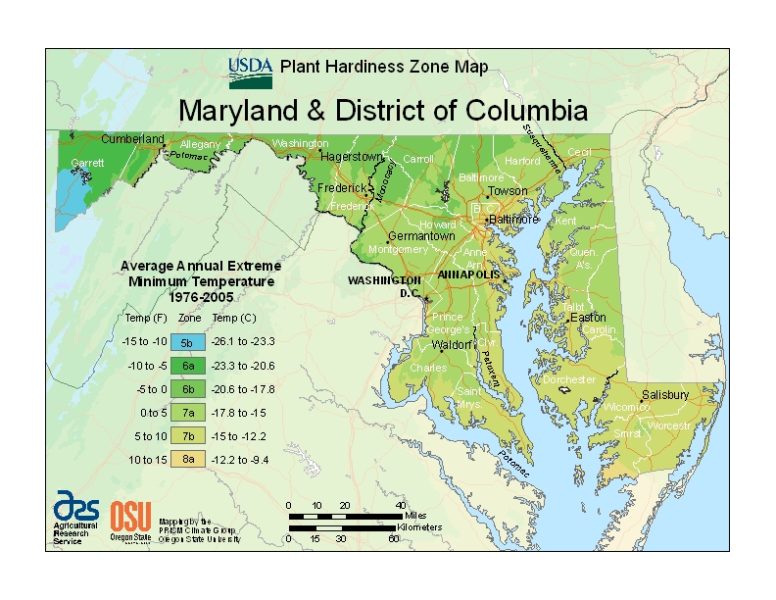





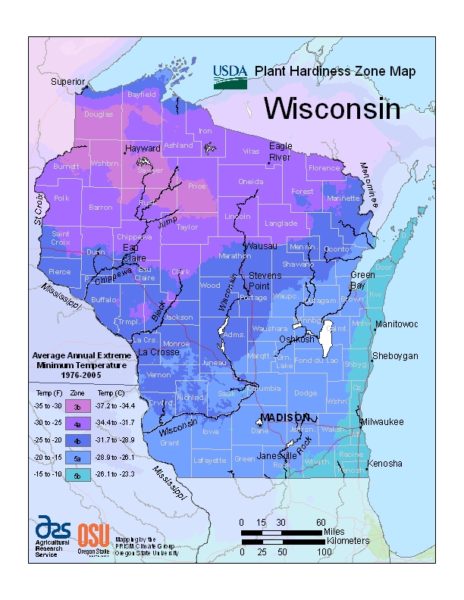 Wisconsin
Wisconsin